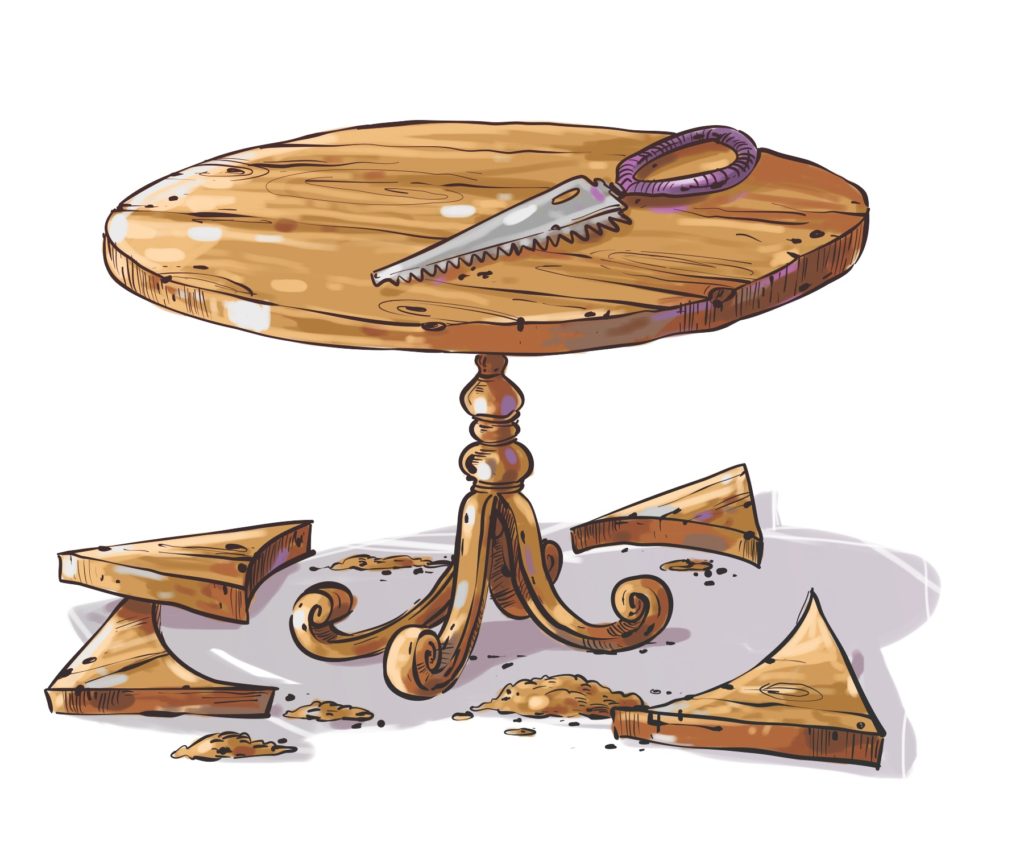When we eat or drink, it’s not just about taste—it’s a sensory experience. Exploring How Senses Shape Taste in Food & Drinks reveals how aroma, touch, sound, and appearance influence our perception, leaving a lasting impression. Our senses work together to shape how we experience flavors, connecting taste with other sensory elements like texture, appearance, and sound, creating an unforgettable experience.
Have you ever noticed how aroma, texture, sound, and appearance influence the taste of a cocktail or dish, leaving a lasting impression? Eating and drinking involve more than just taste—it’s a multisensory experience where our perception of flavor is shaped by all of our senses.
Our experience of taste is closely connected to aroma, appearance, texture, and even sounds. In fields like neurogastronomy and gastrophysics, experts study how these sensory experiences impact memory and cognition. Researchers such as Charles Spence and chefs like Heston Blumenthal have been at the forefront, blending disciplines like cognitive neuroscience, experimental psychology, and marketing to explore how senses affect our perception of flavor.
Taste goes beyond the basic flavors of sweet, sour, salty, bitter, and umami. There are lesser-known flavors, such as oleogustus (the taste of fat) and metallic tastes, which show how complex the relationship between taste and aroma can be.
One of the most powerful senses in shaping taste is smell. Smell helps us differentiate between similar flavors, like various citrus fruits, and plays a major role in our experience of food and drinks. There are two ways we perceive smell: orthonasal, which occurs when we smell something outside the body (like sniffing a lemon), and retronasal, which happens when aromas are released during consumption.

When smell is impaired, such as when we have a cold, our sense of taste is drastically reduced. Chefs and bartenders use aromas to enhance experiences—for example, incorporating scents that evoke memories, such as the earthy smell of rain through geosmin or citrus oils in a cocktail. Our brains create mental images based on these scents, influencing how we perceive flavors.
Touch also plays a role in shaping taste. The texture of food can influence how we experience flavors—rough textures can make something taste saltier or more bitter, while smooth textures are often associated with sweetness. Visual elements, like the shape or color of a product, can also alter our perception. For instance, round shapes can make chocolate taste sweeter, and packaging colors influence how we perceive the quality and flavor of a product.
Sound is another surprising factor. Research has shown that changing the sound of potato chips, for example, can make them seem crunchier and fresher. This phenomenon shows that sound can enhance taste perception—whether through the crunch of a snack or background music that sets the tone for a dining experience. Even during airline flights, where food often tastes bland due to cabin pressure, sound can be used to enhance the flavor of the food.
Crafting cocktails and culinary creations isn’t just about taste; it’s about engaging all the senses. By considering how sight, sound, smell, touch, and taste work together, bartenders and chefs can elevate the entire experience. It’s this multisensory approach that makes dining or enjoying a cocktail more than just a matter of taste.



